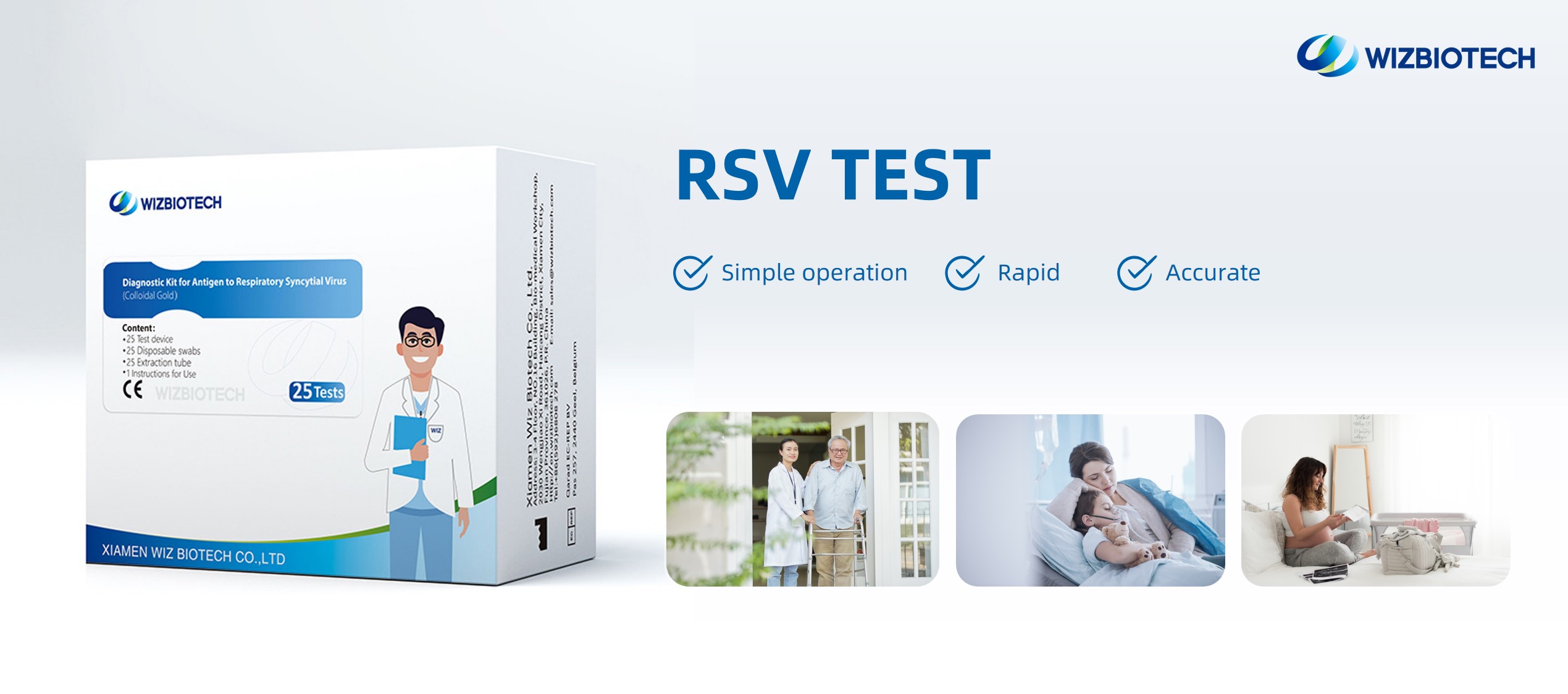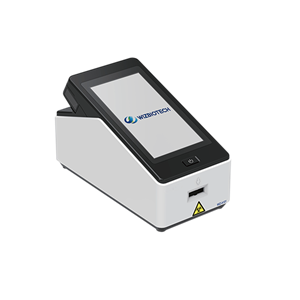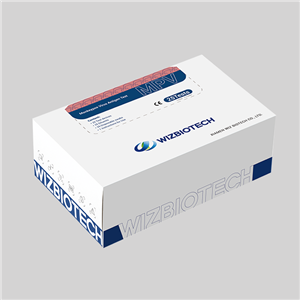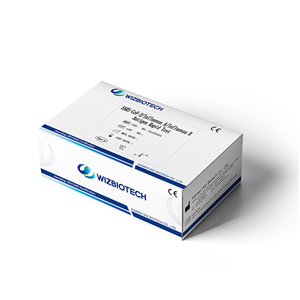Prevention of respiratory syncytial virus infection
Respiratory syncytial virus (RSV) is one of the major pathogens causing acute lower respiratory tract infection and hospitalization in children. Most of the symptoms of RSV infection in children will disappear within 1-2 weeks, a few can develop into lower respiratory tract infection, mainly manifested as bronchiolitis or pneumonia, clinical symptoms include cough, wheezing, very few further aggravated shortness of breath and feeding difficulties, etc., severe cases can develop into respiratory failure, can involve external organs of the respiratory system, and even lead to death.
In fact, other people of all ages can be infected with RSV, but the high-risk groups of RSV infection are mainly concentrated in children, the elderly and the immunocompromised population. RSV can cause outbreaks in specific places and populations, such as nursing homes, maternity centers, pediatric wards, neonatal intensive care units, transplant units, cancer centers, and other places where immunocompromised people gather.
Globally, there were an estimated 33 million RSV-associated Acute Lower Respiratory Infections (ALRI) in children under 5 years of age in 2019, and an estimated 3.6 million children were hospitalized due to RSV, resulting in 26,300 hospitalized child deaths. About 45% of hospitalizations and deaths due to RSVI occur in infants younger than 6 months of age.
The transmission routes of RSV include: (1) Contact transmission: it is the most common transmission route, mainly through nasopharyngeal mucosa or eye mucosa contact with virus-containing secretions or pollutants; (2) Droplets and aerosols can also cause transmission, such as coughing or sneezing in close contact with patients.
RSV is widely popular in the world, and has a certain seasonal. Globally, it is mainly prevalent in winter and spring in cold/temperate regions. In tropical and subtropical regions, infection rates increase significantly during the wet rainy season. In China, winter and spring are the epidemic peaks in the northern regions, and in some southern regions, winter or wet season is the peak of infection, and other times will also be detected. From the regional point of view, the popular season in different regions is different.
At present, the world's first RSV vaccine has been approved for sale in the United States, and there are 70 RSV vaccines still under development. Currently, vaccine resources are scarce. In the absence of a vaccine, measures such as strengthening personal protection can also be effective in preventing infection, including avoiding crowded places during the RSV epidemic season; When going out, wear a mask and observe respiratory hygiene etiquette; Pay attention to hand hygiene in all places, wash hands frequently, do not touch the eyes, mouth, nose after touching public goods; In children's hospitals and other medical institutions, children should do a good job of personal protection to prevent cross-infection in the hospital. At the same time, RSV infection monitoring is also important! The diagnosis of RSV infection can be based on clinical signs and symptoms, laboratory tests, and whether it is an epidemic season. At present, the laboratory detection methods mainly used for clinical RSV diagnosis include antigen detection and nucleic acid detection.

Wizbiotech develops respiratory syncytial virus antigen test kit (Colloidal gold method), which is more suitable for outpatient and emergency screening! Direct detection of the pathogen itself, no window period, not affected by previous infections, simple operation, fast, 15 minutes to obtain test results! Welcome the hospital purchasing department and related institutions to consult and place orders, we will provide the best quality medical services for your hospital to provide better support and help. We look forward to working with you to safeguard public health.




